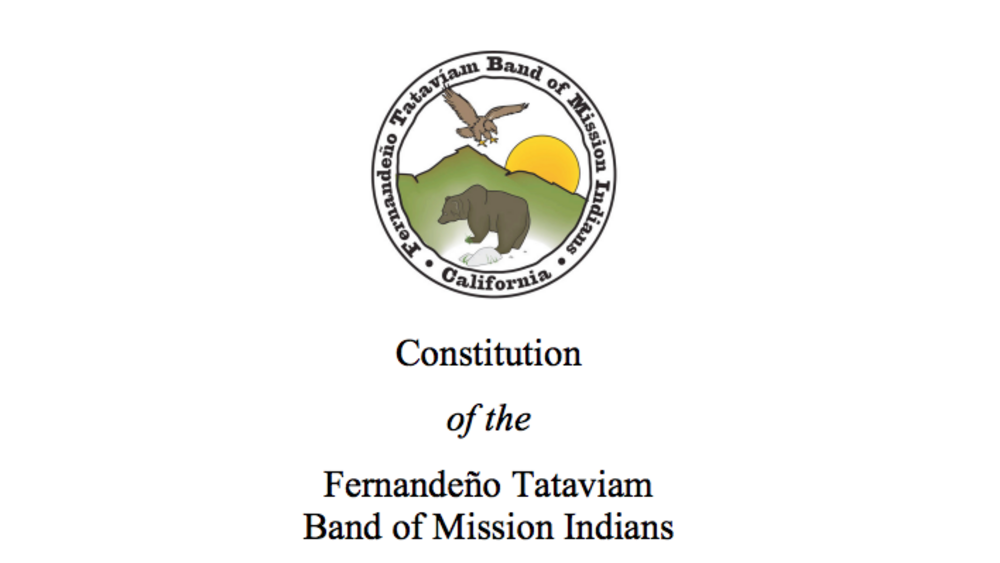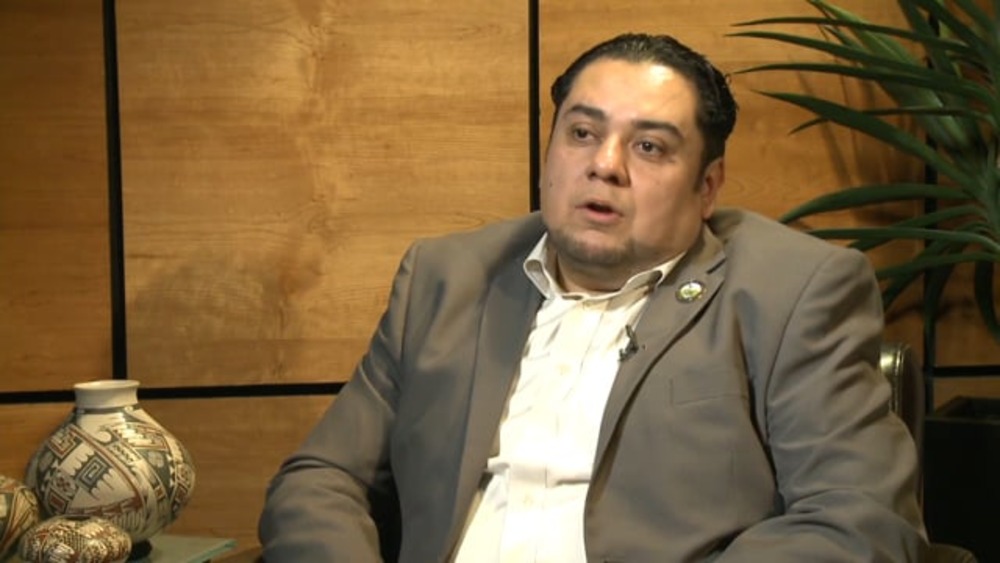Indigenous Governance Database
Fernandeño Tataviam Band of Mission Indians
Image

Fernandeño Tataviam Band of Mission Indians: Citizenship Excerpt
Article 7. Rights and Responsibilities of Citizens Section 1. All citizens of the Tribe are entitled to equal respect without regard to gender, age, or religion. All citizens shall enjoy equal opportunities to participate in the economic resources and activities of the Tribe, and no citizen shall…
Thumbnail

Rudy Ortega, Jr.: Asserting Sovereignty and Self-Governance
Rudy Ortega, Jr., then Vice President and citizen of the Fernandeño Tataviam Band of Mission Indians, shares his experiences leading his community and engaging in Fernandeño Tataviam self-governance in spite of his nation not yet being a state or federally recognized tribal…
